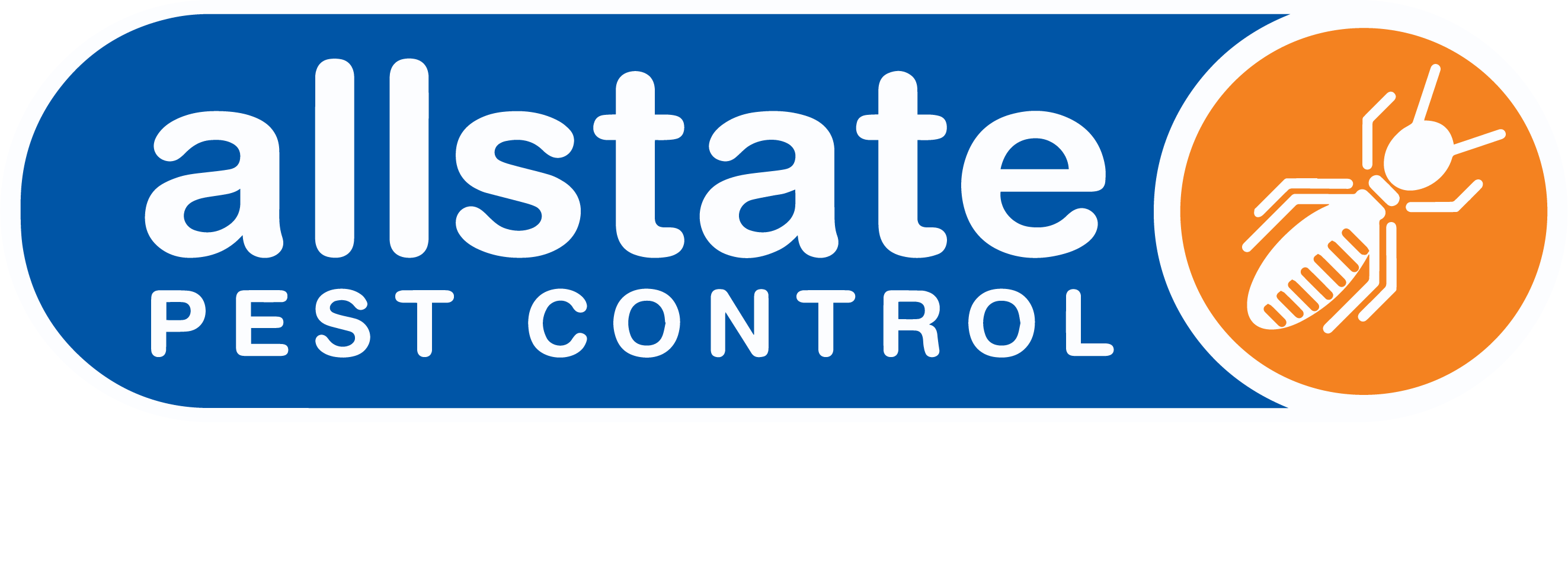With a life span of 6 years, an attraction to high moisture areas such as bathrooms, and an appetite for kitchen pantry staples, silverfish are certainly not ideal houseguests. In this Hivemind blog, we share our top 7 tips to help you keep silverfish away from your home for good.
What questions will this article answer?
Why are silverfish in my kitchen and bathrooms?
They are attracted to areas with high moisture and have a big appetite for sugar and starch-based foods.
What problems can silverfish cause?
They can damage your belongings, contaminate food and trigger allergies.
How to tell if you have a silverfish outbreak
You notice more silverfish, especially at night and damage to your clothes and furniture, as well as droppings and moulted skins.
How to prevent silverfish in your home
We recommend practicing proper food storage, removing all sources of moisture, keeping your home clean, regular yard maintenance and sealing all access points.
Professional silverfish management
Our technicians use a combination of targeted silverfish insecticide sprays, control dust as well as fumigation in severe outbreaks.
Choose Allstate for fast and effective silverfish control
We’re available 24/7 for all urgent silverfish enquiries regarding homes and businesses in any suburb of Adelaide.
Why are silverfish in my kitchen and bathrooms?
As their name suggests, silverfish are elongated, grey, gold or brown coloured insects with a characteristic scaly appearance and long antennae. Although they rarely grow beyond 2cm long, silverfish can survive without food for months on end, and live for up to 6 years.
However, these tough insects require one key factor to survive: humidity. In your home, this means that areas containing high moisture such as your kitchen, bathrooms and laundry make for ideal nesting places.
With an appetite for sugary, starchy and fabric-based items, silverfish can easily access a smorgasbord of food sources, not just from your kitchen and bathrooms, but all around your home.
What problems can silverfish cause?
While they are thankfully not known for spreading diseases, these creepy crawlies can still cause chaos and disruption in other ways. Here’s how:
Damage to your home
Silverfish will be just as happy raiding your kitchen pantry for grains, cereals, rice and pasta as they are chewing through fabric and paper items. This includes bathroom towels and mats, as well as clothing, photos, books, timber, and even wood-based musical instruments around your home.
Food contamination
For most of us, seeing silverfish crawling around sugary and starchy pantry staples makes them seem far less appetising, and certainly unfit for human consumption.
Allergies
Silverfish droppings and moulted skins can trigger asthma and allergy symptoms in some people.
For fast silverfish control, speak to an expert today
 or
or
How to tell if you have a silverfish outbreak
If you’re seeing any of the following signs, your home might be in the midst of a silverfish infestation:
Frequent sightings
If you see more silverfish scurrying around, especially in the evenings, you may have a big silverfish problem brewing.
Damaged clothing and furniture
Look for unexpected and unexplained tears, rips and holes in your clothes and fabric furniture, as well as paper-based items such as books or photos.
Droppings
Resembling very small, black peppercorns, silverfish droppings can sometimes be mistaken for dust.
Moulted skins
Typically shedding their outer skins around 30 times a year, you may notice an accumulation of these delicate, translucent layers discarded throughout your home.
How to prevent silverfish in your kitchen and bathrooms
If you spot an odd silverfish lurking in your home, there’s likely to be many more hidden away in unsuspected places. Avoid the unpleasant surprise of a silverfish outbreak by following these 7 handy hints:
Tip 1: Remove all sources of moisture
Fix leaking roofs, taps, pipes and drains and reduce humidity levels inside your kitchen, bathrooms and laundry where possible. This might involve buying a dehumidifier or opening some windows. If you notice mouldy or damp areas, be sure to carefully inspect for the presence of silverfish.
Tip 2: Keep your home clean
Regular and thorough sweeping, vacuuming, dusting and mopping in less frequented and hard to reach places can assist with removing eggs. Remember to check behind and underneath furniture, and even steam clean fabric furniture and upholstery.
Tip 3: Store unused fabric and paper items away
Clothes, towels, sheets, blankets and rugs are best stowed away inside wardrobes, closets and drawers, with silverfish-deterring mothballs adding extra protection. Photo albums and books can be stacked in tightly sealed plastic bags and non-cardboard boxes.
Tip 4: Practice proper food storage
Pantry items, especially those which are starch- or sugar-rich, are best kept dry in tightly sealed containers.
Tip 5: Regular yard maintenance
Clothes, towels, sheets, blankets and rugs are best stowed away inside wardrobes, closets and drawers, with silverfish-deterring mothballs adding extra protection. Photo albums and books can be stacked in tightly sealed plastic bags and non-cardboard boxes.
Tip 6: Remove access points
Identifying and sealing over holes, gaps, cracks and crevices will make it more difficult for silverfish to enter your home.
Tip 7: Pesticide sprays
Available at most hardware stores and supermarkets, general pesticide sprays are effective at stopping silverfish in their tracks.
Protect your belongings from silverfish, get expert advice today
 or
or
Professional silverfish management
Once a colony has been established, it can be difficult to manage a silverfish infestation without professional assistance. This is because silverfish lay eggs in easily overlooked tiny cracks and crevices all over your home and belongings.
That’s why at Allstate, our pest technicians are always available for ongoing treatments for persistent and recurring outbreaks when needed. Here are the methods that we use to successfully control silverfish:
Silverfish insecticide sprays
Effective in large areas, a fast-acting aerosol spray can reduce the silverfish population quickly.
Fumigation
A powerful solution for severe infestations, we’ll arrange with you to safely fumigate large, enclosed areas while you, your family and pets are not at home for a specified period of time.
Silverfish control dust
Sprinkled liberally in hard-to-reach spaces such as tiny gaps and wall cavities, diatomaceous earth control dust deters silverfish from accessing these areas to nest and hide their eggs.
Choose Allstate for fast and effective silverfish control
At Allstate, we’ve seen how sneaky silverfish can quietly cause damage and disruption in homes and businesses across town. That’s why we’re available 24/7 for urgent advice and solutions to managing silverfish problems in all suburbs of Adelaide.
Since 1986, Allstate has offered comprehensive pest control services, including innovative and modern silverfish treatments, to residential, commercial and industrial clients alike.
With an emphasis on safety, our pest control methods are always focused on the wellbeing of people, pets and the environment.
We offer payment plans and competitive warranties on all our services, so you can access long-lasting protection from silverfish outbreaks sooner rather than later.


